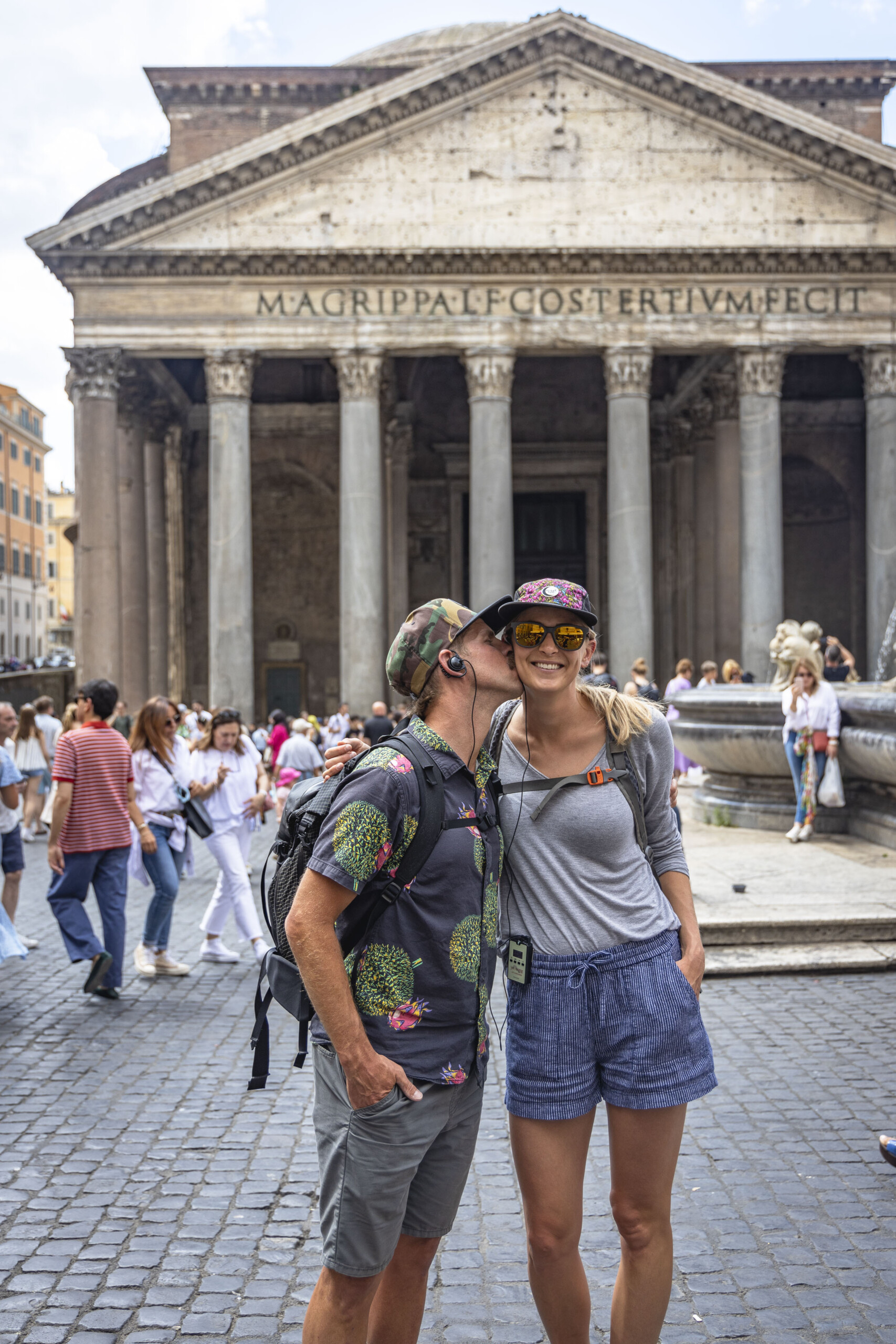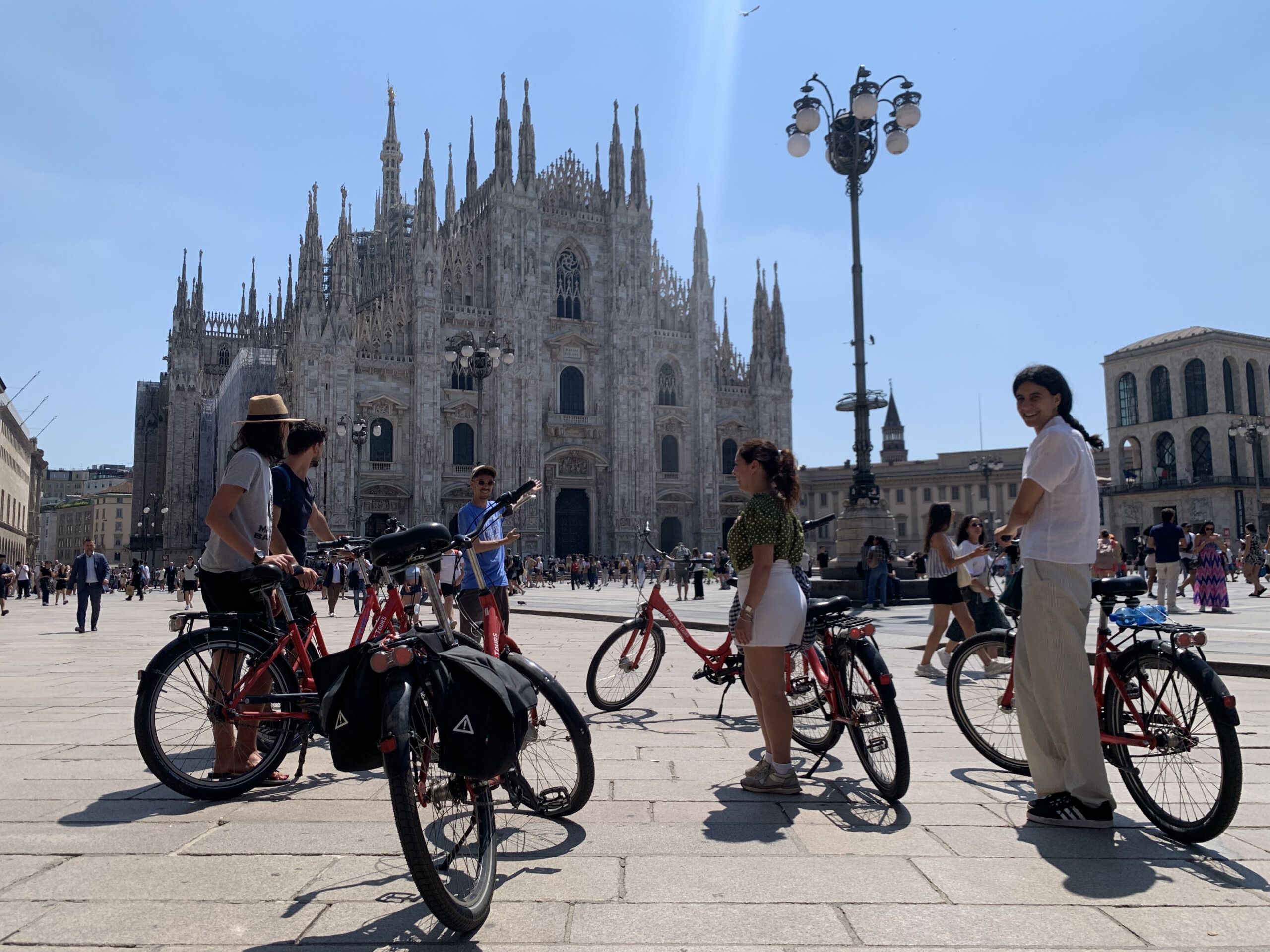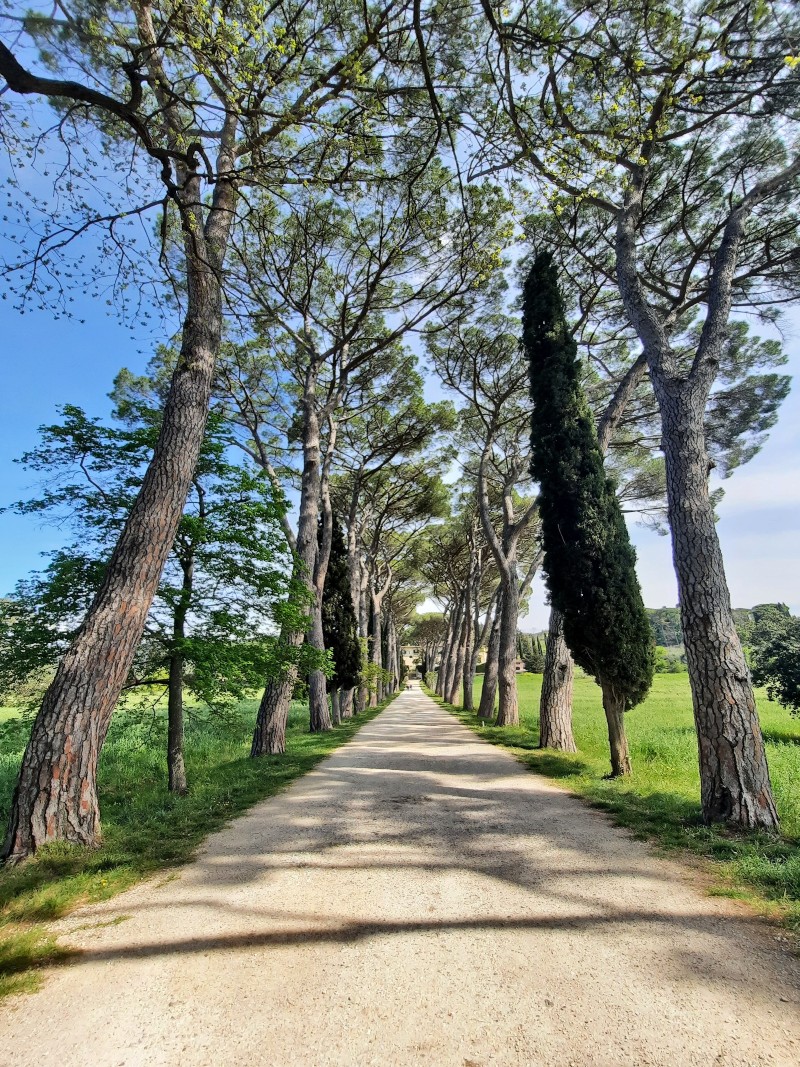By Timothy Palma
Due to the unfortunate series of events in twentieth century Germany, tolerance is not a concept often associated with Berlin. Yet, in the centuries of Prussian and Germany history leading up the the 1930s, Berlin was often recognized within Europe as a open-minded location, both religiously and socially.
Medieval Berlin was founded as a Catholic settlement, and transformed during the Reformation a Protestant city. However, in the 17th century, the Friedrich Wilhelm, the Elector of Brandenburg, developed a policy of religiously tolerance, in which minority religions could, evading persecution elsewhere, relocate to and worship openly in Berlin. The virtue of religious diversity remained central through the 18th Century, most notably the reign of Frederick the Great, who famously explained “all religions must be tolerated, for every man must get to heaven his own way.” The Nineteenth Century saw a surge of Jewish immigration into the city, and resulted in a flourishing community. By the turn of the Twentieth Century, the Jews of Berlin were being described as the most assimilated Jewish community on Earth, and the city was home to 33 synagogues.
One can tell a great deal about a society from its cityscape. Ideologies and emotions can come and go, but buildings remain. Some of the most standout buildings in Berlin, as seen bike-riding through the city, are testaments to its tolerant past. The Französischer Dom, on Gendarmenmarkt, was built by the Huguenots, a French protestant sect being persecuted in France by the Catholic monarchy. They arrived in the 17th century following the Thirty Years War and a church was built to celebrate their newly acquired freedom. And while sectarian violence saturated much of modern European history, one of the most notable constructions of the 18th century in Berlin is St. Hedwig’s Cathedral, commissioned by Protestant Frederick the Great for the arriving Catholics immigrants. Not only is the church centrally located on Bebelplatz, but it is of a remarkably form, based off the Pantheon in Rome. While both instances of tolerance were politically and economically motivated (the great Elector yearned to maintain neutrality within amidst conflict, while Frederick wanted to acquire a Catholic Silesia to the east), they nonetheless display that in Berlin, pious leadership resulted neither in oppression nor in violence against minority faiths, an impressive feat given the prevalence of persecution elsewhere on the continent.
Perhaps the most striking building on the old Berlin skyline is the Neue Synagogue. Based off the Alhambra Palace in Spain, it was built in the early 1860’s and became one of the stand-out buildings in the late nineteenth century German capital. When compared to most synagogues in Europe, which remain discreet if not hidden due to long histories of oppression and expulsion, the elegant design and grand stature of this building speaks to the comfort of the Jewish community in Berlin, as well as the inclusive government that allowed such display.
While the Nazi regime attempted to destroy the tolerant history of Prussia and of Berlin, it is clear that the city today prefers to be remembered and understood for its inclusive nature, and the diversity of people and ideologies that characterize the city still.




